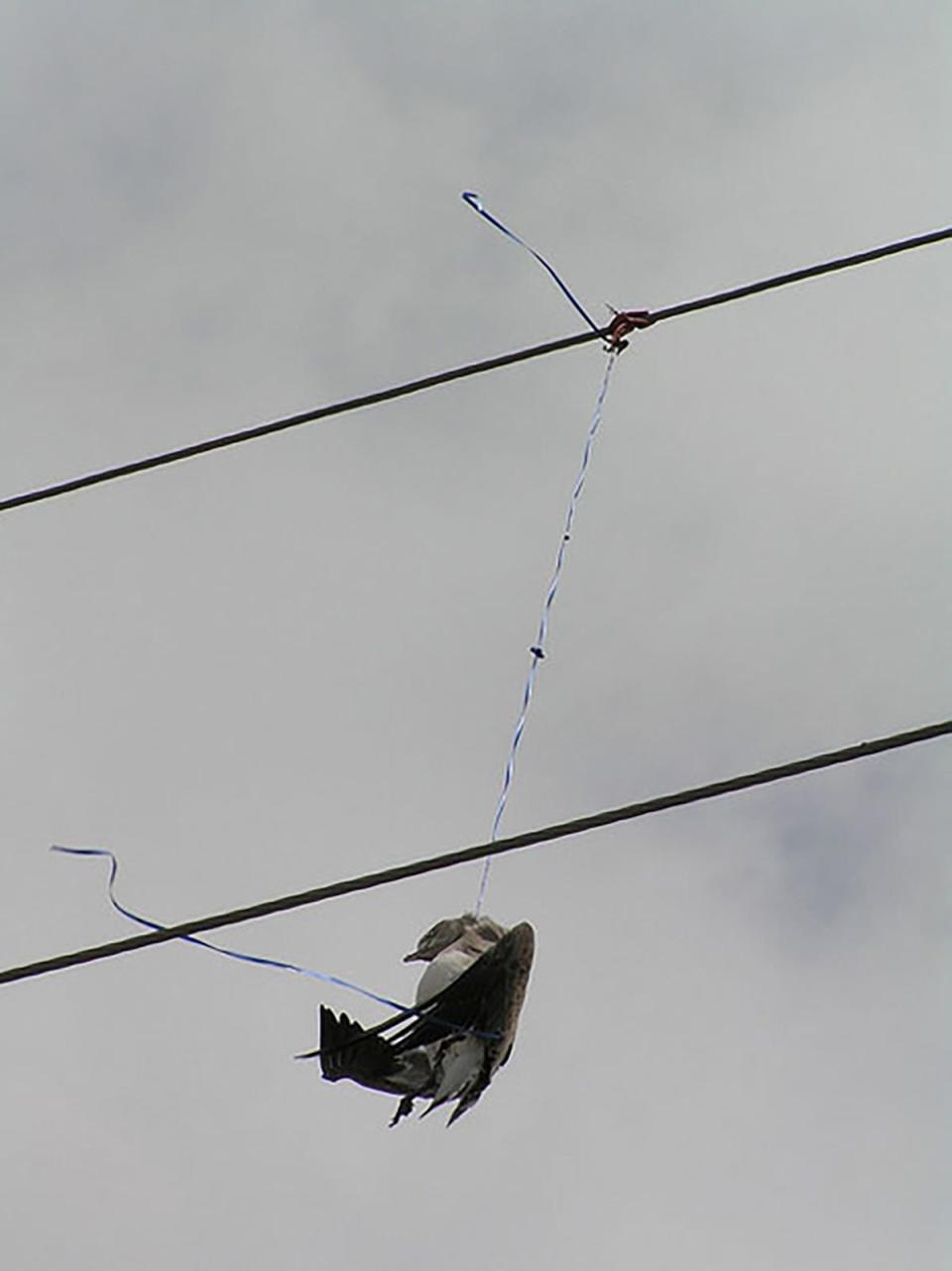Letting go of a balloon could soon be illegal in Florida: Balloon release bans explained
- Oops!Something went wrong.Please try again later.
Intentionally releasing a balloon into the sky in Florida could soon lead to a fine, if the state successfully tightens its littering laws.
Its part of an effort spanning laws in at least eight other states aimed at protecting turtles, dolphins, birds and other wildlife from the danger of eating or becoming entangled in fallen balloons.
Under current Florida law, it’s illegal to release more than 10 balloons in any 24-hour period. The new law bans the intentional release of any balloons outside, making it a littering offense punishable by fines of up to $150. Children 6 and under would be exempt.
The change has passed through the state's legislature and is now on the desk of Florida Gov. Ron DeSantis. If he signs it, it will go into effect on July 1.
Arizona, California, Connecticut, Kentucky, Maine, Maryland, Tennessee and Virginia have also placed restrictions on the outdoor release of balloons.

As festive as they can be on the ground, balloons, especially helium-filled balloons that can float long distances, have long been known to maim and kill wildlife. Experts say they should stay inside where they can't harm animals.
Many animals mistake balloons for food. Eating them can fill up the animal’s stomach, but the balloon cannot be digested, making it impossible for the animal to take in nutrients. When that happens, they can slowly starve to death with a stomach full of latex or mylar.
In lakes and the ocean, balloons can float on the surface, tempting animals that expect to find food. Sea turtles are especially vulnerable as they surface to breathe and eat, sometimes mistaking balloons for jellyfish, according to the U.S. Fish and Wildlife Service.
The strings tied to balloons can also get tangled around birds, asphyxiating them or tying them to one spot until they die of hunger.
Some balloons are marketed as biodegradable but they can still take years to break down, putting animals at risk, according to the University of Michigan.
Metallic mylar balloons can also float onto power lines, causing thousands of power outages every year.
This article originally appeared on USA TODAY: Florida balloon release ban aims to protect wildlife from litter

